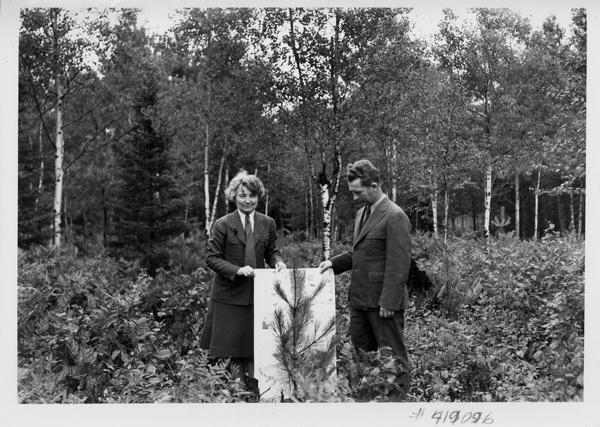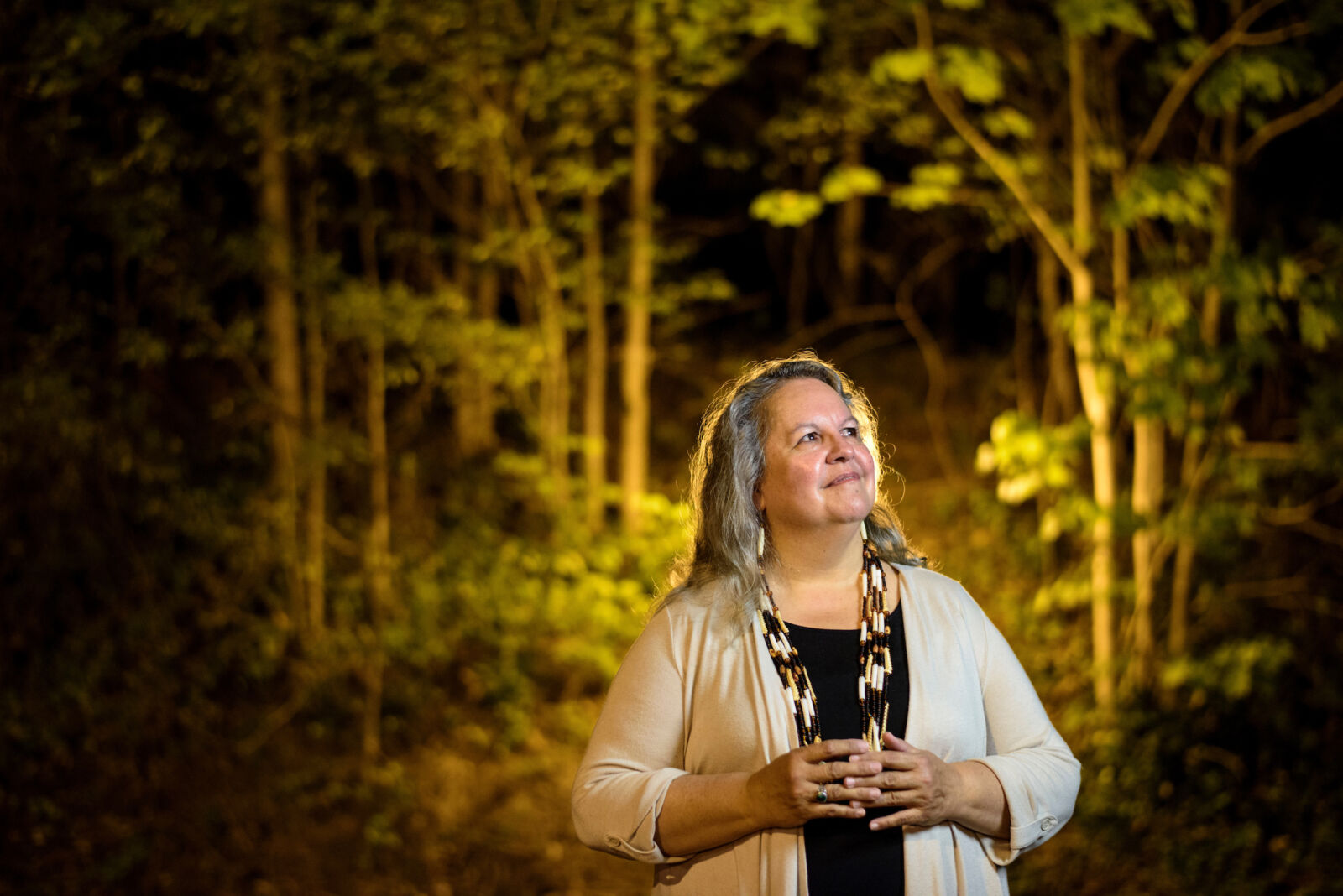In honor of Women’s History Month, we want to shine a light on just a few of the amazing women who have dedicated their lives to telling the forests’ stories. From boundary-breaking leaders of the past to those leading the conversation around conservation today, these women’s work helps us understand nature and those who enjoy it in new ways.
Ynés Mexía
Born in 1870, Ynés Mexía broke barriers when she went back to school at age 51 and became the first Mexican-American female botanist. In her 13-year career, she collected over 145,000 plant specimens from across the Americas, often traveling alone. By the time of her death in 1938, she had categorized 500 new species, a new genius, and had 50 species of plant named after her. To this day, researchers still use her collections to uncover the stories of the forests they came from, and her legacy continues to inspire Latinas in the fields of conversation and botany.
Click here to see the Smithsonian’s collection of Ynés Mexía’s specimens.
Margaret March-Mount

Miss March-Mount (left) and Ray W. Knudson (right) showing the size of a tree during field work. Photo by the U.S. Forest Service.
Margaret March-Mount began working for the U.S. Forest Service in 1913. Although her official title was “assistant information specialist,” March-Mount was informally known as “ambassador of the trees” for the public relations work she did to tell the forests’ stories and educate the public on the benefits of tree planting.
Also known as “director of women's forest activities," "woman ranger," and "woman forester," March-Mount's work lead the way for more women to take leadership roles in the Forest Service. With the help of women’s clubs and school children from across the country, her signature “pennies for pines” Children’s Conservation Crusade helped plant 6 million pines on 60,000 acres of National Forests. The success of the program was credited to March-Mount's tireless advocacy for the forests she loved.
Click here to learn more about Margaret March-Mount.
Mary Oliver
In her childhood, Mary Oliver often retreated to the woods surrounding her Ohio home to escape a difficult home life. Among the trees, she found a life-long love of walking, reading, and writing in and about the wild places she explored. As a Pulitzer Prize winning poet, Mary Oliver used her words to describe the tremendous beauty of the natural world and the comfort she found there.
Oliver once wrote “I could not be a poet without the natural world. Someone else could. But not me. For me, the door to the woods is the door to the temple.” By the time of her death in 2019, Oliver’s poetry had won her the National Book Award and a Lannan Literary Award for lifetime achievement. Today, readers are still inspired by Oliver’s wonder and gratitude for the natural world captured in her poems.
Click here to learn more about Mary Oliver’s poetry.
Rue Mapp

Photo by Rob Brodman, courtesy of TOGETHER Bay Area.
Rue Mapp is working to redefine what stories are told about our lands and who those stories are about. Growing up, Mapp found deep connections to her family and community in nature, but didn’t see people that looked like her enjoying the outdoors in the media. So she started Outdoor Afro to change that. With volunteer team leaders leading recreation activities in 30 states across the country, Outdoor Afro inspires Black connections and leadership in nature and tells a story about Black joy in outdoor spaces. Mapp has been recognized as a national leader in Black outdoor recreation and is a National Geographic Fellow, Heinz Award Honoree, and National Wildlife Federation Communication Award Recipient.
Click here to learn more about Outdoor Afro.
Robin Wall Kimmerer

Photo by Matt Roth.
As a mother, scientist, professor, and enrolled member of the Citizen Potawatomi Nation, Robin Wall Kimmerer expertly weaves together scientific knowledge and indigenous wisdom to reach a wider ecological understanding of our lands and ourselves.
In her book Braiding Sweetgrass: Indigenous Wisdom, Scientific Knowledge and the Teachings of Plants, Kimmerer embraces plants and animals as our oldest teachers. She encourages us to listen to the environments that surround us and let them tell their own stories. As the founder and director of the Center for Native Peoples and the Environment, a SUNY Distinguished Teaching Professor of Environmental Biology, and a 2022 MacArthur Fellow, Kimmerer tours widely to speak to how we can heal our relationship with nature and restore our ecological communities.
Cover photo by Scot Weaver.
--------
Every day, the NFF works to help make our forests – and the experiences people have on them – relevant to ALL Americans. We tell stories, highlight historical contributions of all peoples, explore forgotten legacies, and much more. This growing part of our mission requires unrestricted support from people like you. Will you join us today? ay? It’s easy: just click here and offer your support. We thank you!

